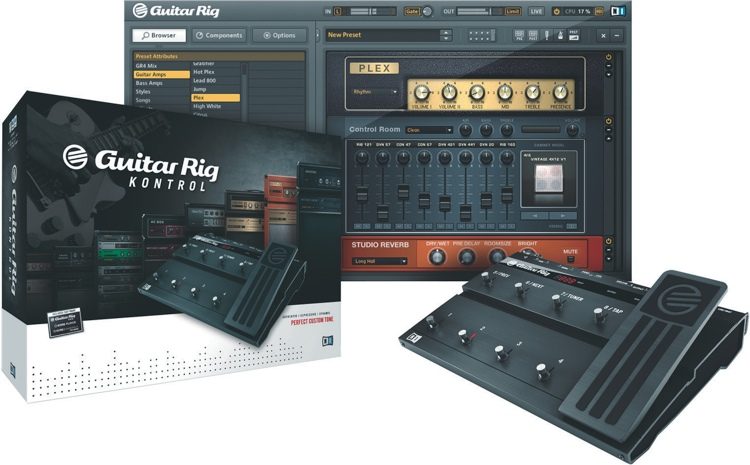

I would suggest new users start with one of the curated factory presets, for which Native Instruments has brought in players like Vernon Reid and Pete Thorn on board. Then your main presets are built up with ‘studio rack’ like modules, which contain everything from your tuner, virtual amps, cabinets, and effects. Essentially, you choose your factory presets and virtual components from the column on the left-hand side of the main window.

Guitar Rig 6 has taken this further and it looks even more friendly than before. I find it very well laid out and simple to navigate. If you have never used Guitar Rig then you will probably enjoy its ultra-clean user interface. At one point, I even went out and got myself a Rig Kontroller pedal and ran my virtual guitar rig via that. I’m a Mac/Logic Pro user predominantly and so I always use programs like Guitar Rig within my DAW, although you can also use them as standalone. A little background on my experience with the software and usage: I’ve been using Guitar Rig since its very first iteration, and for a number of years, it was my go to virtual guitar setup in my DAW. Native Instruments kindly sent me a copy of the new Guitar Rig 6 software so that I could review it and give you my first impressions.


 0 kommentar(er)
0 kommentar(er)
